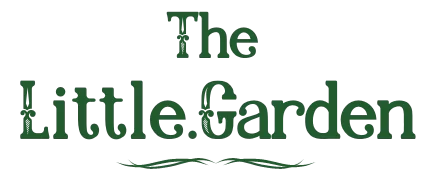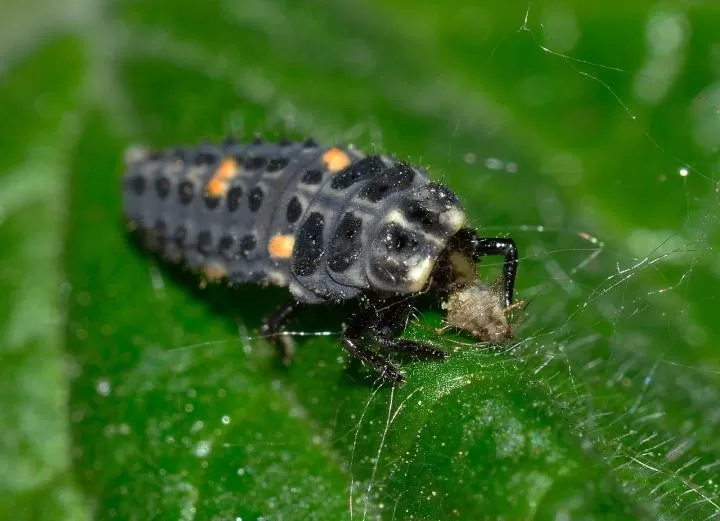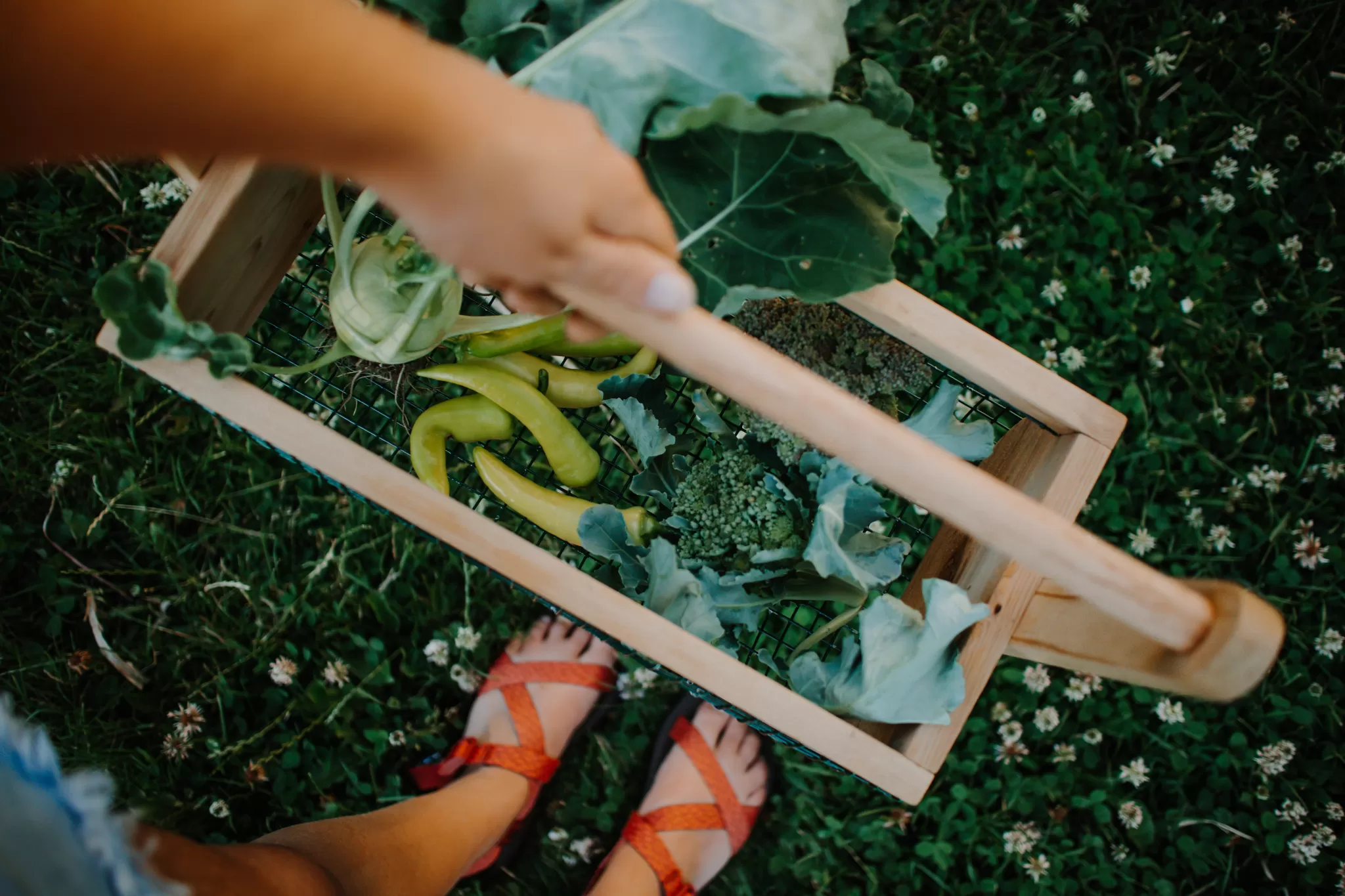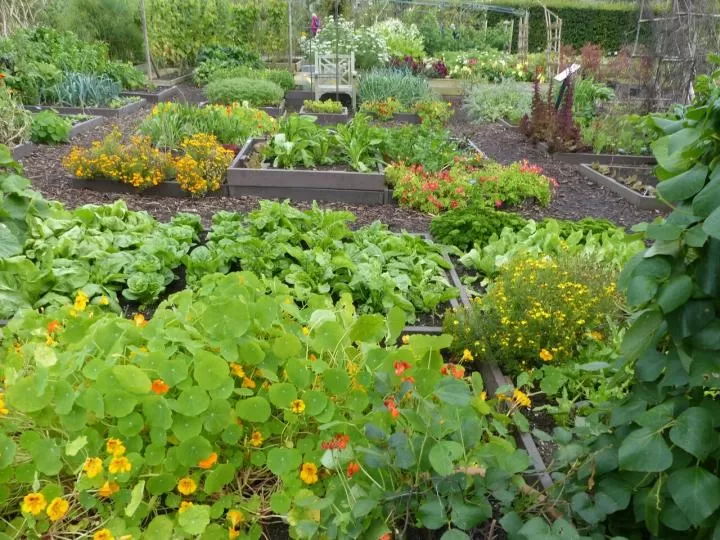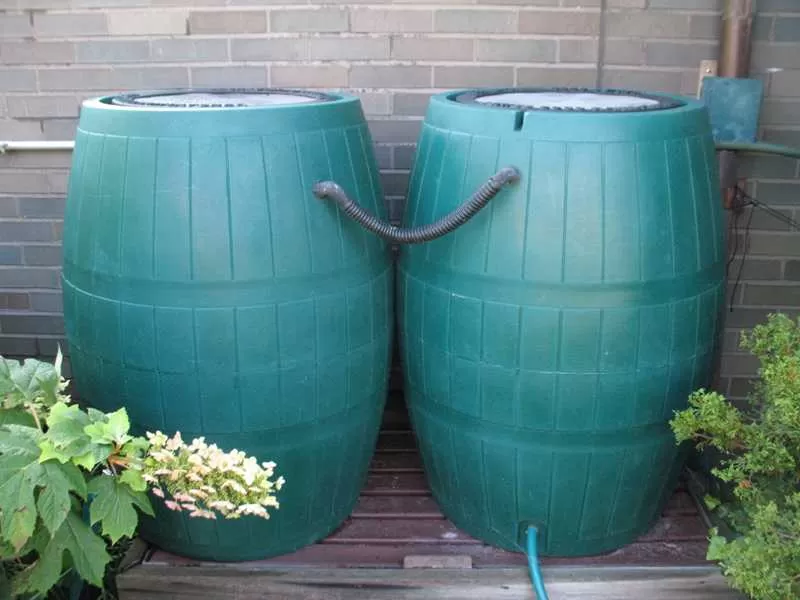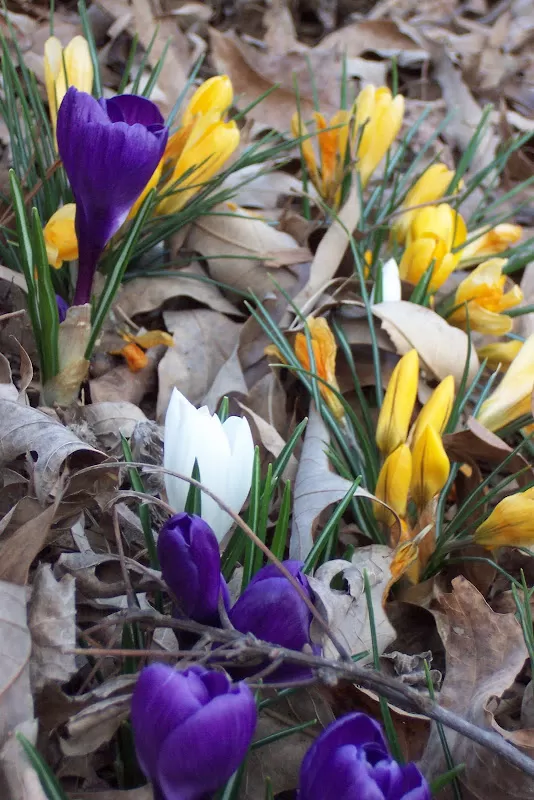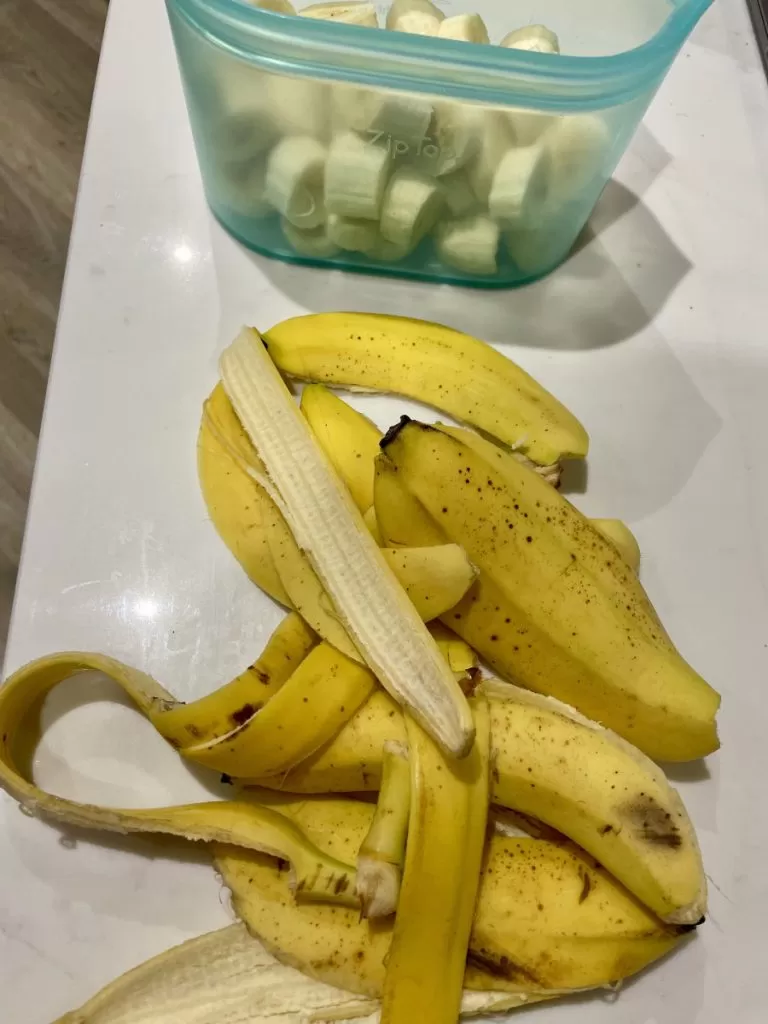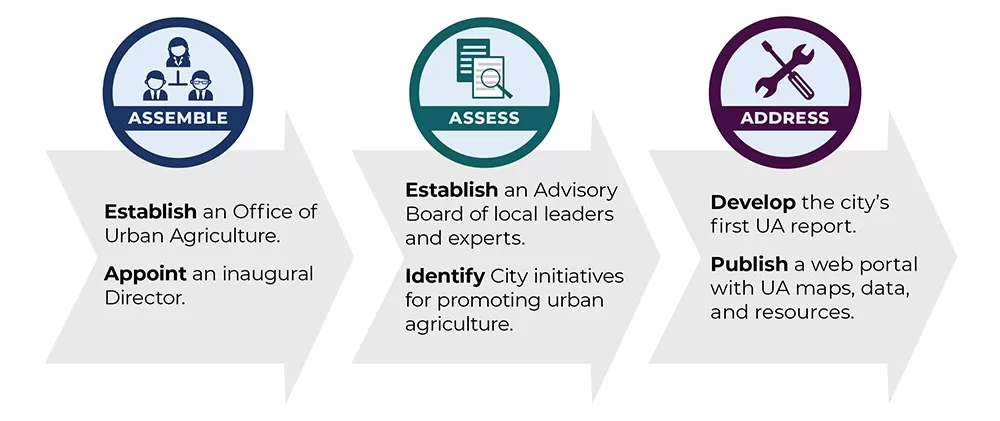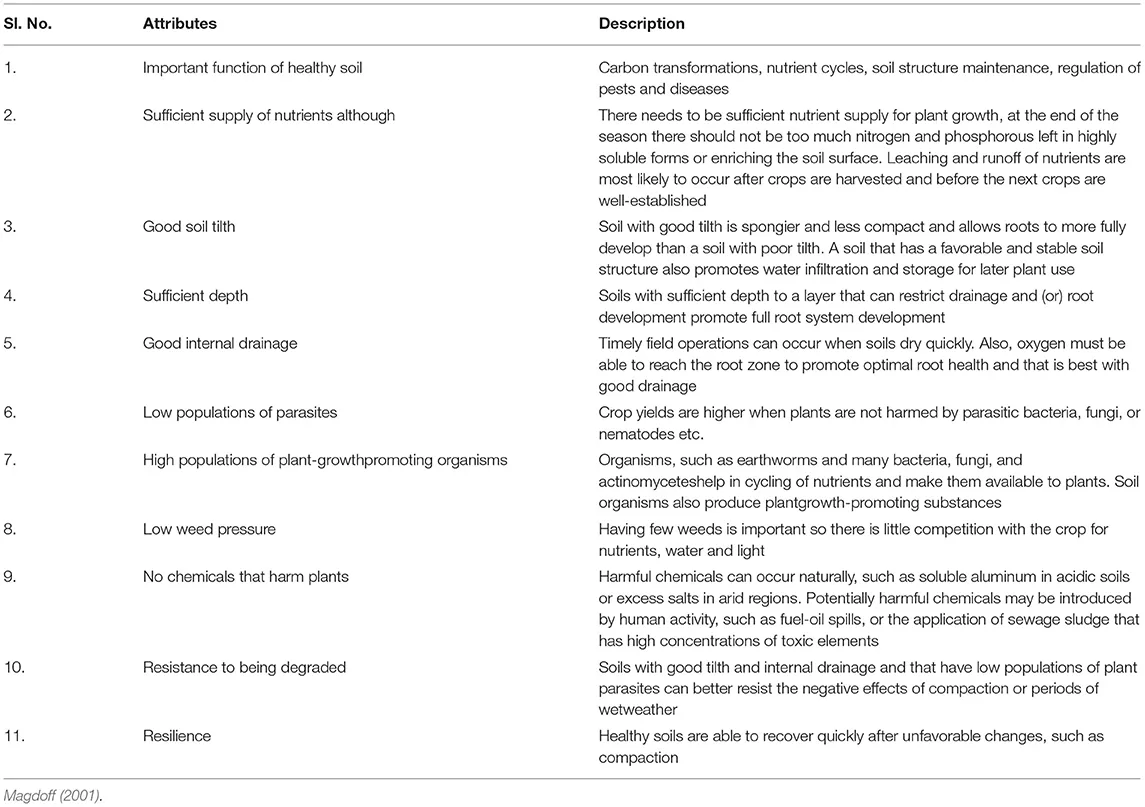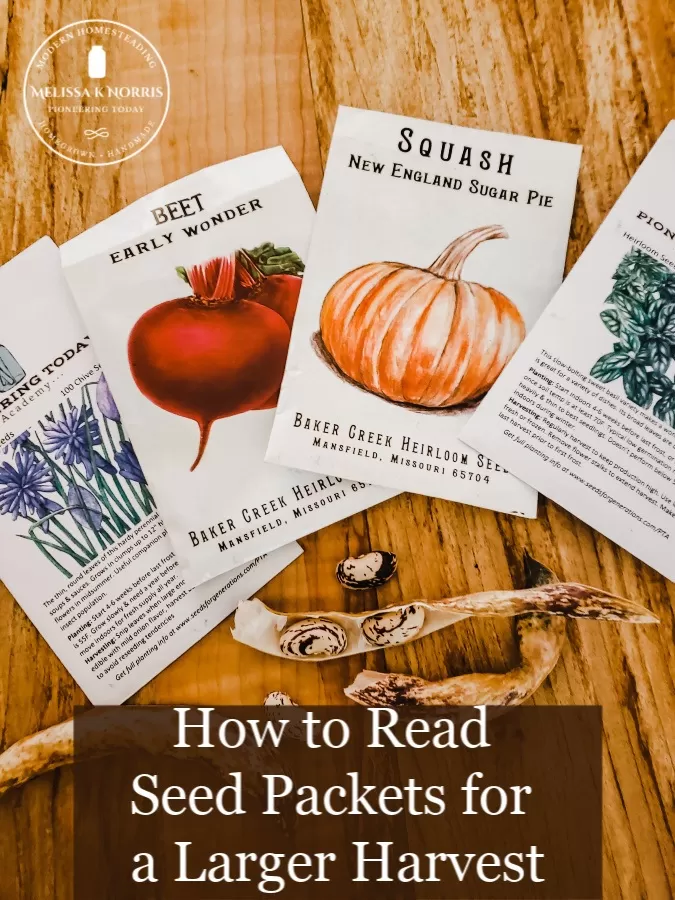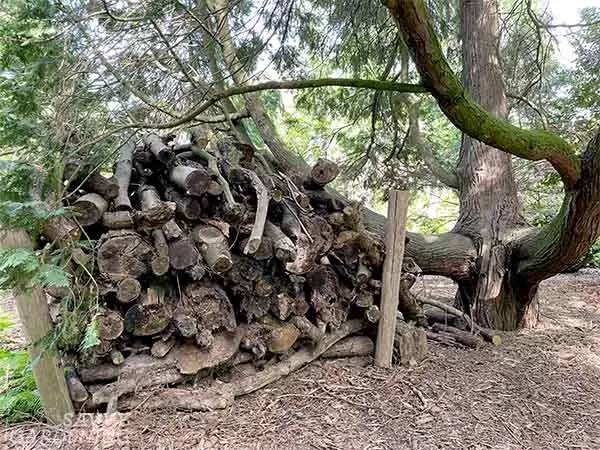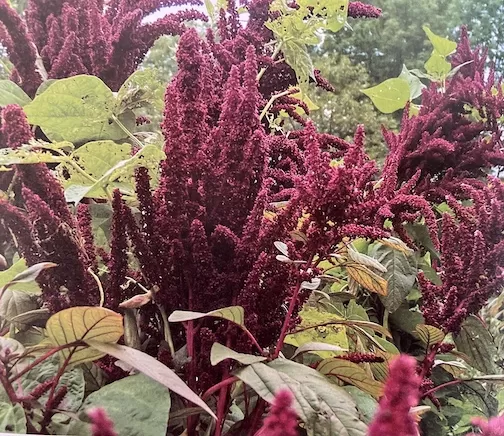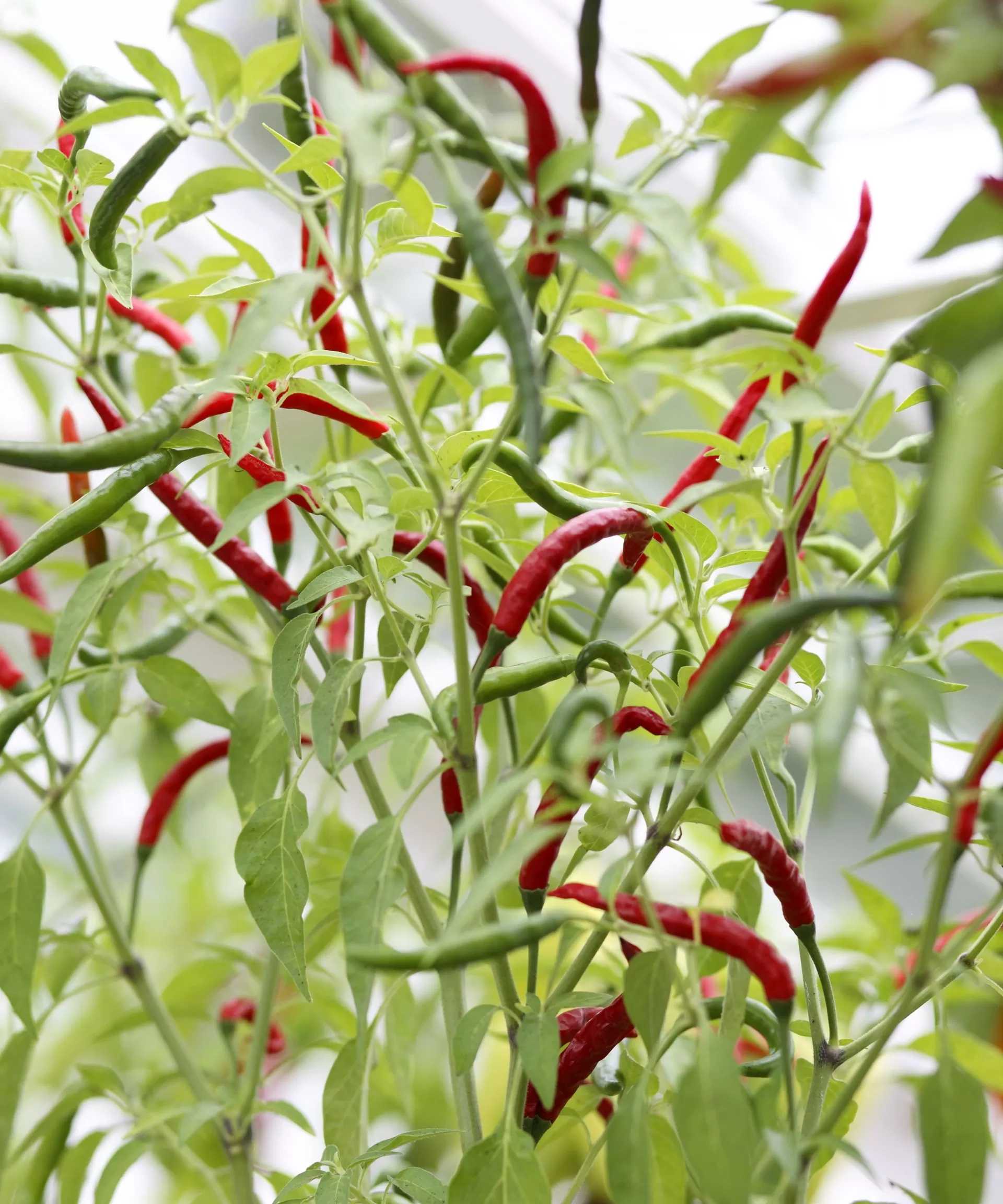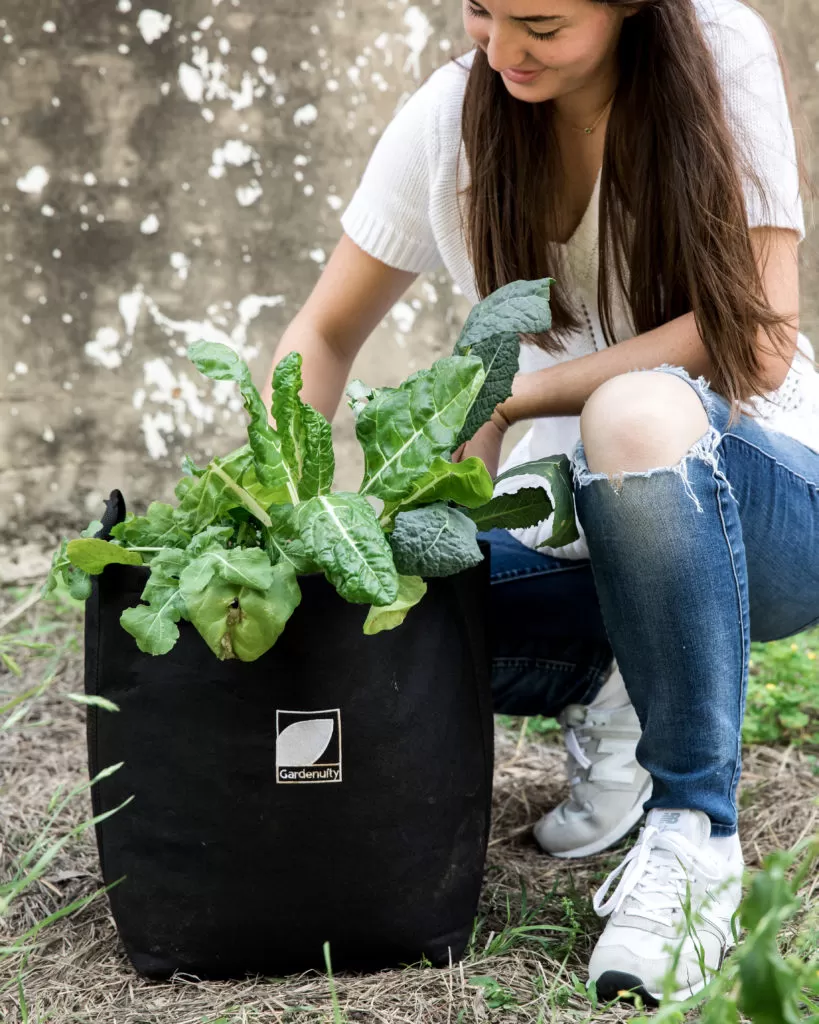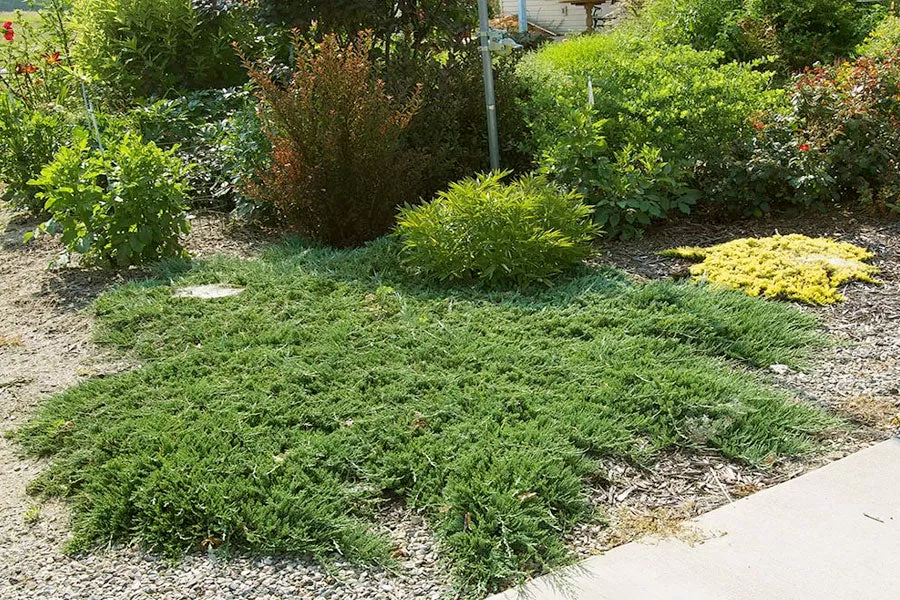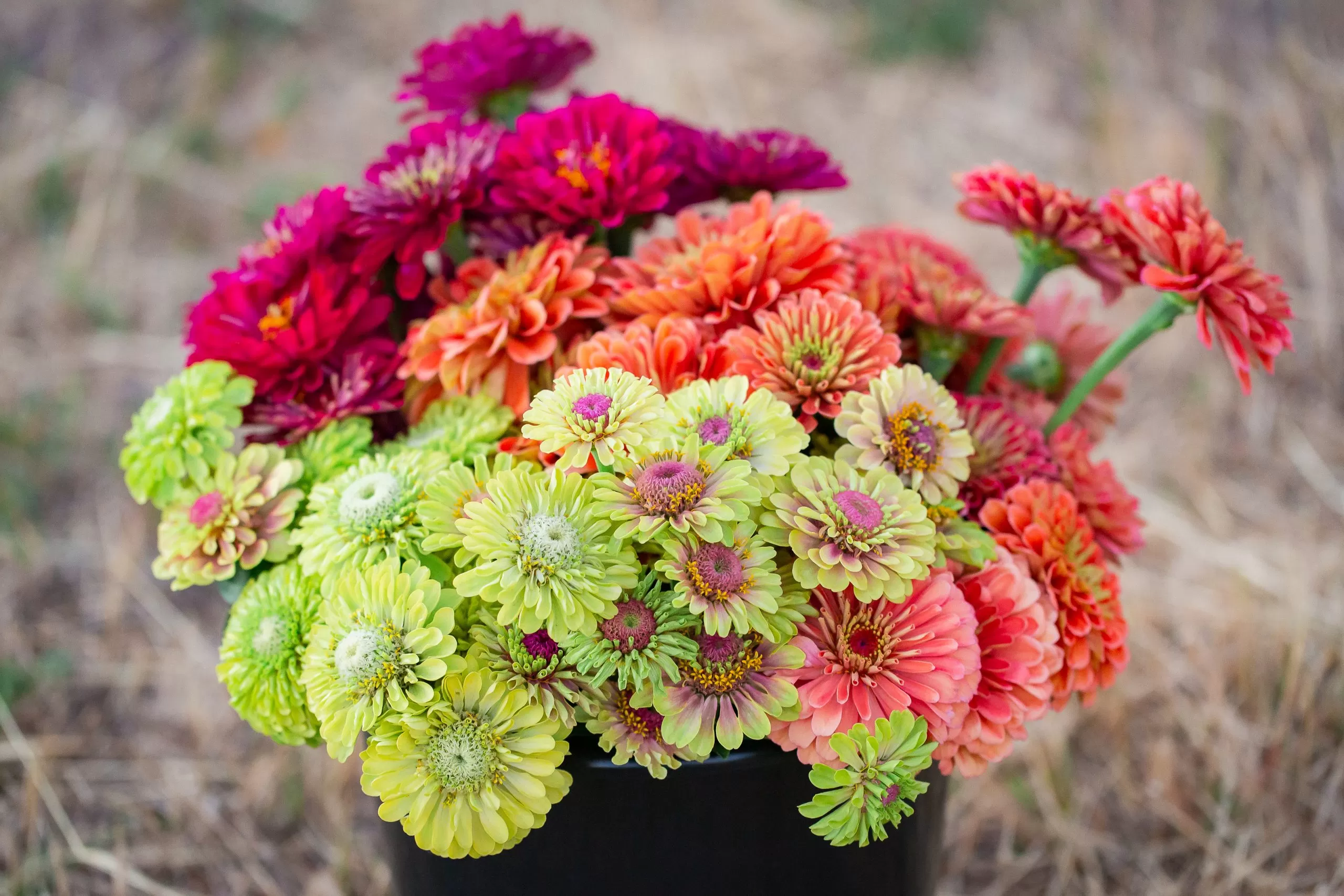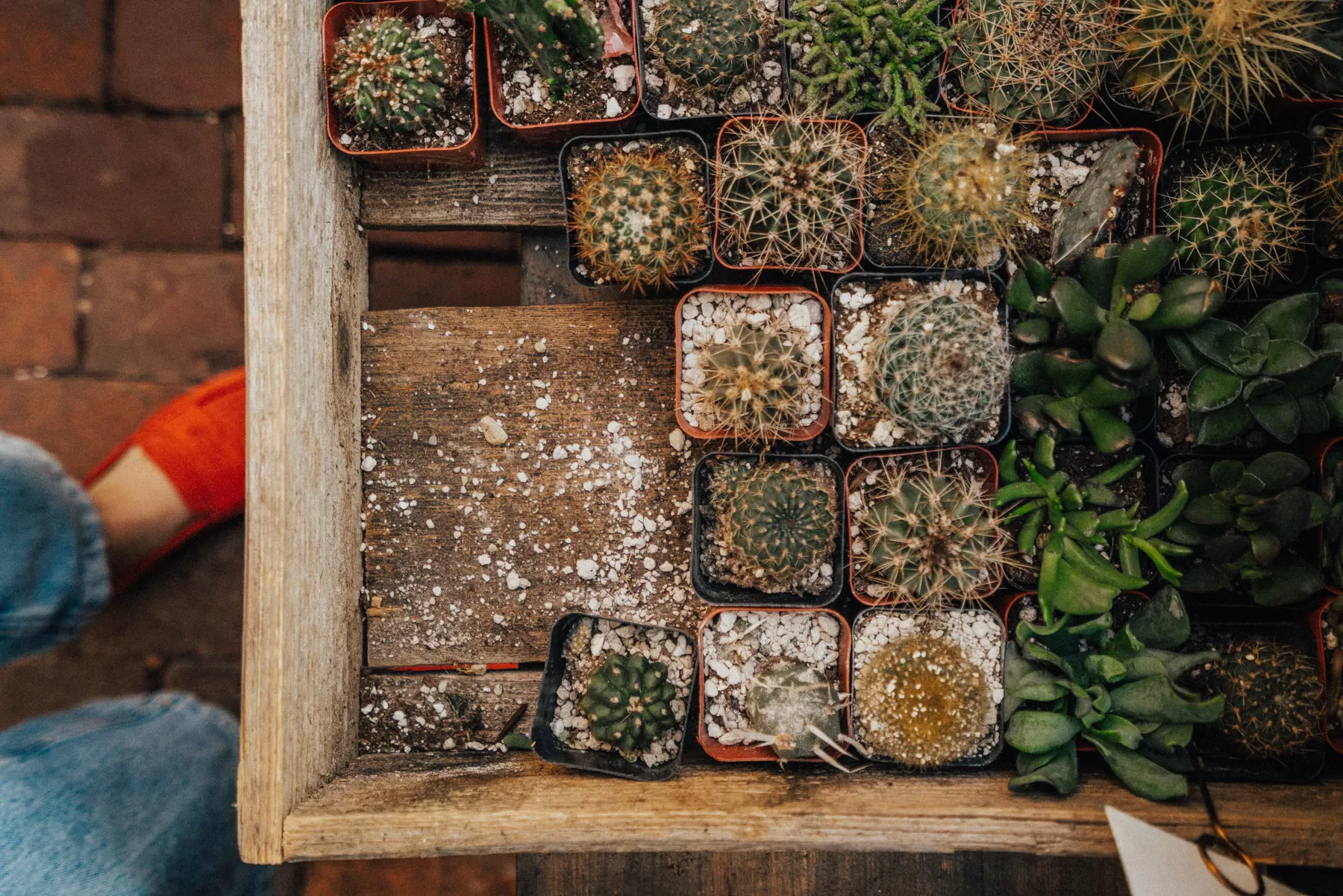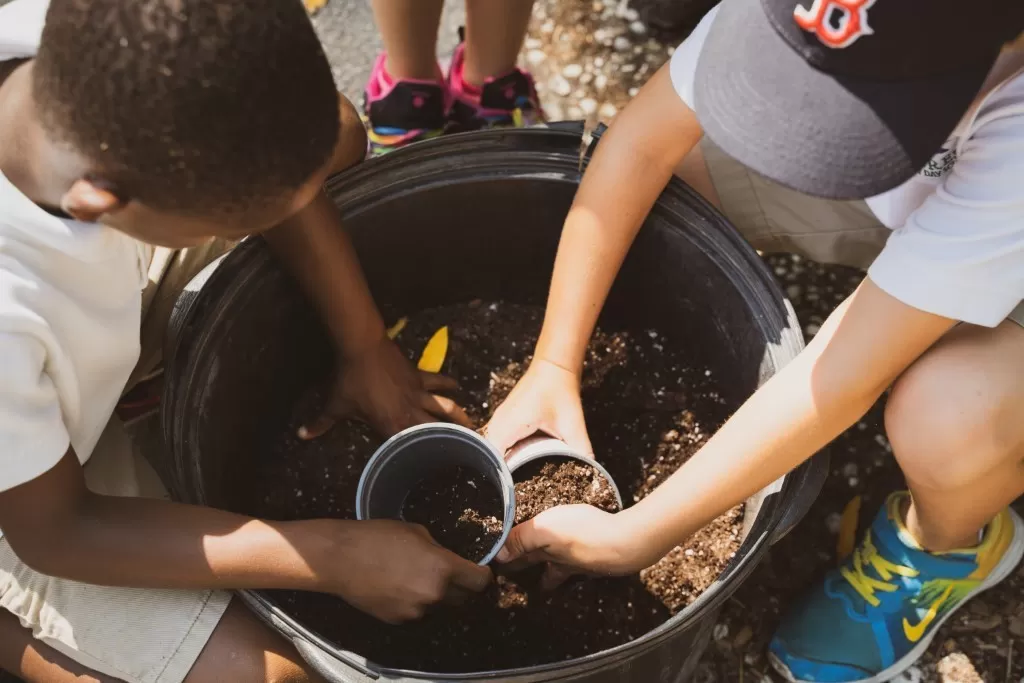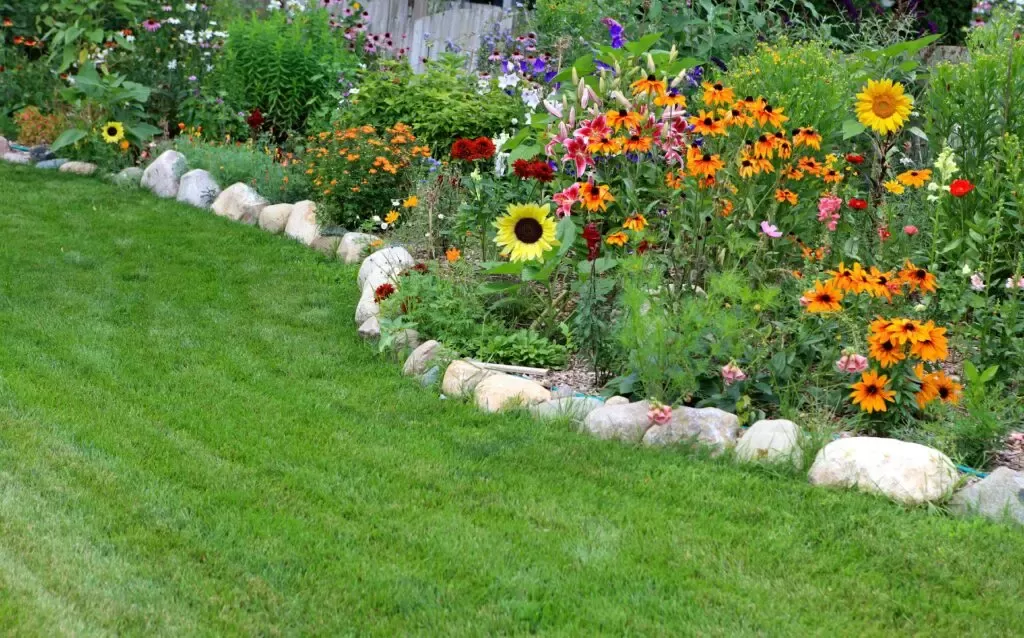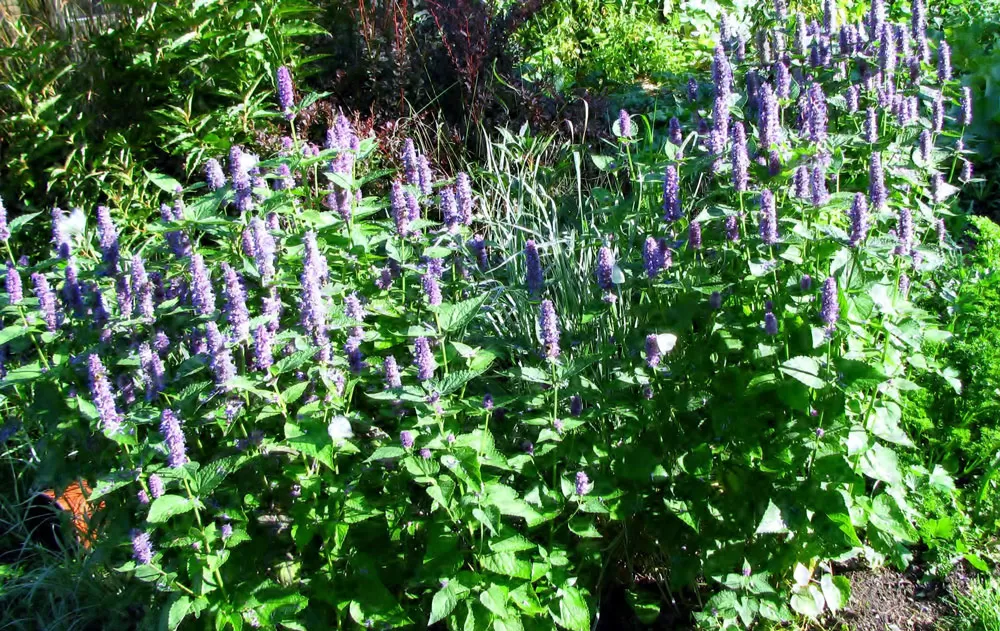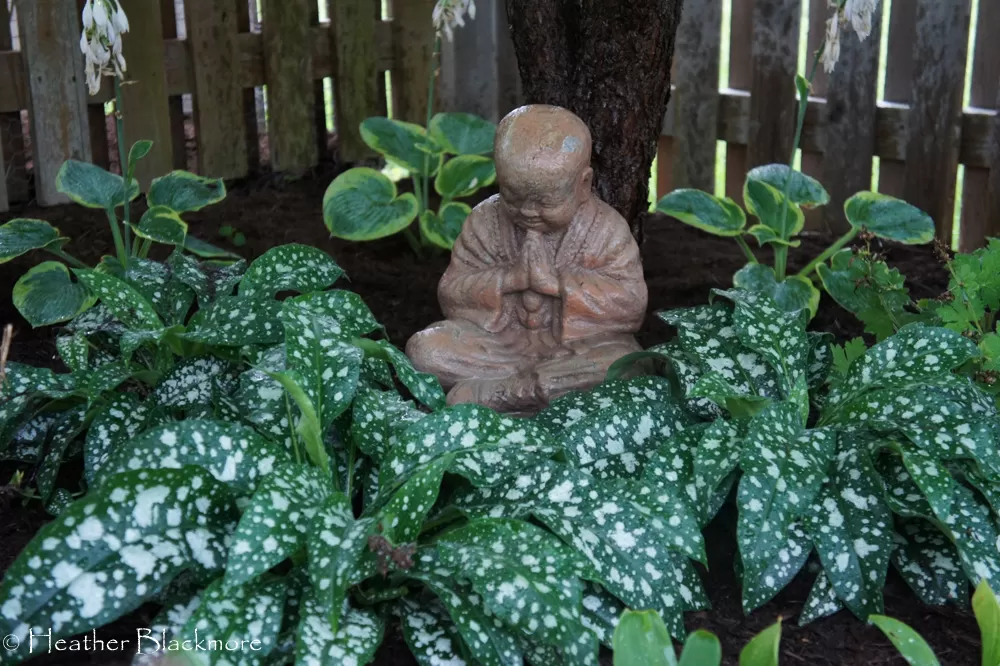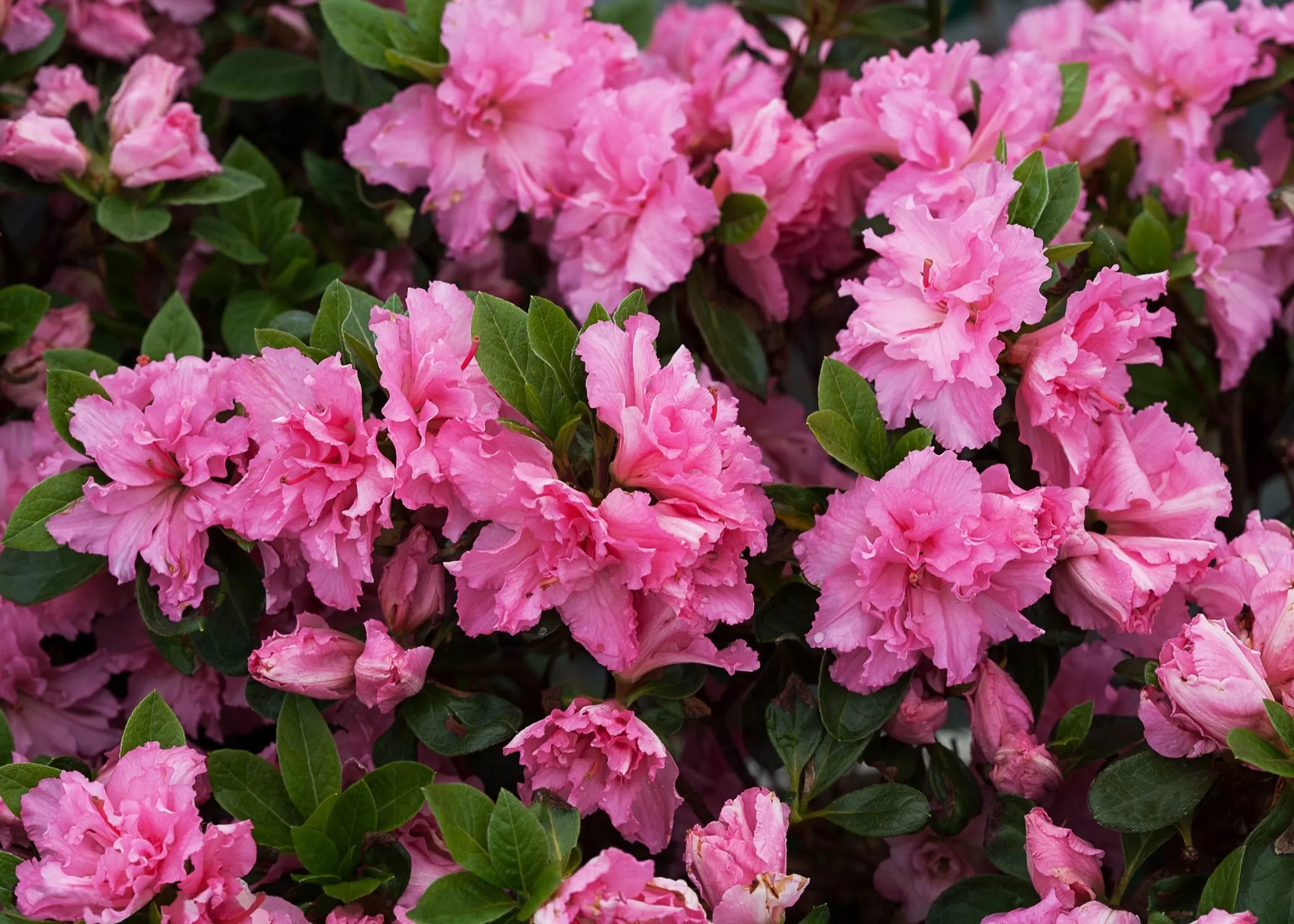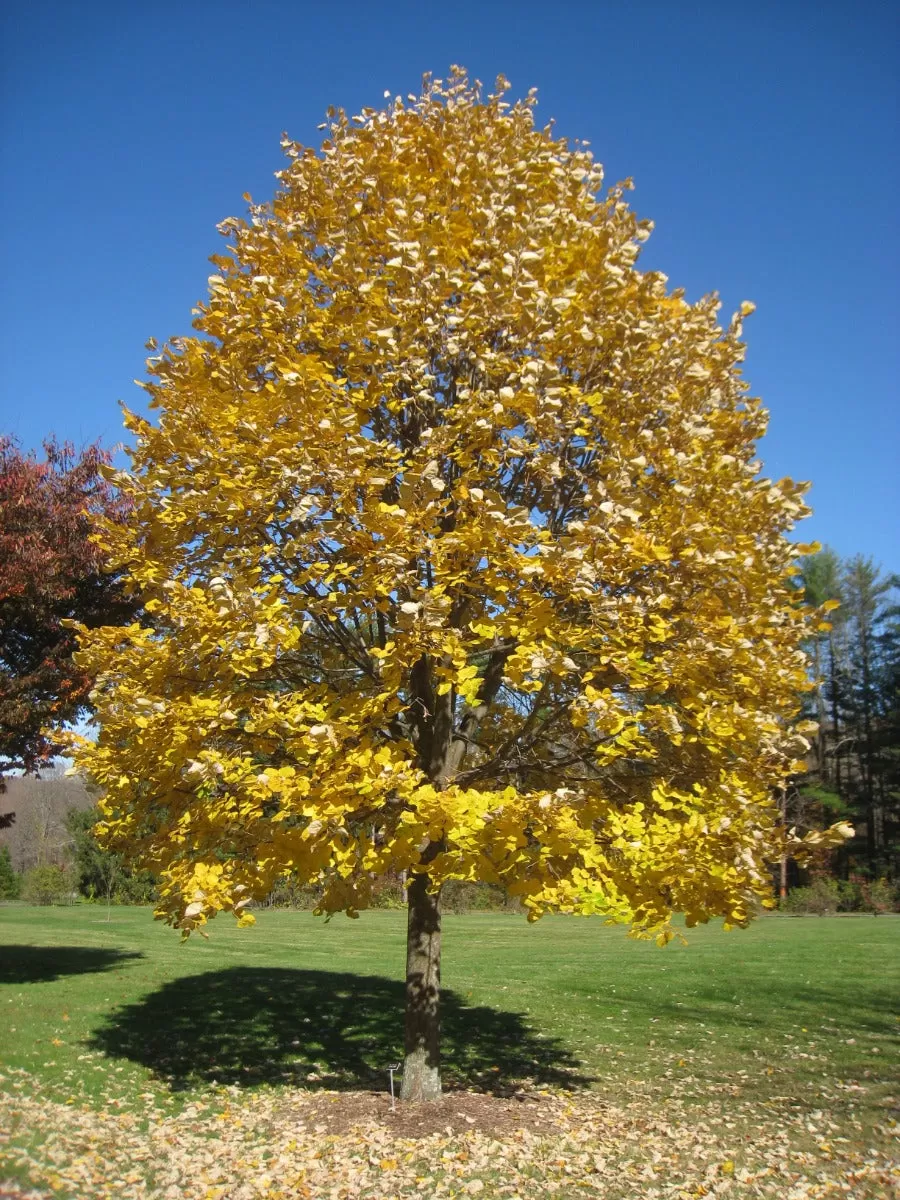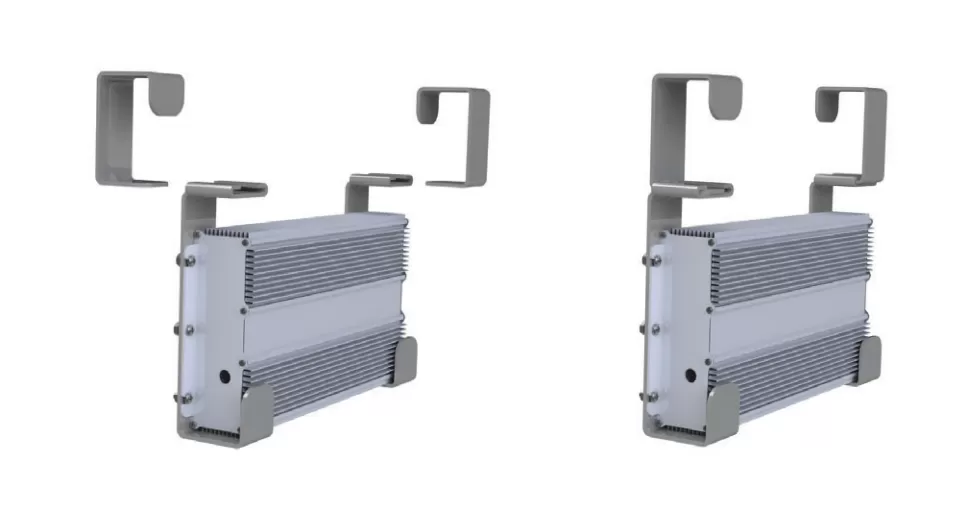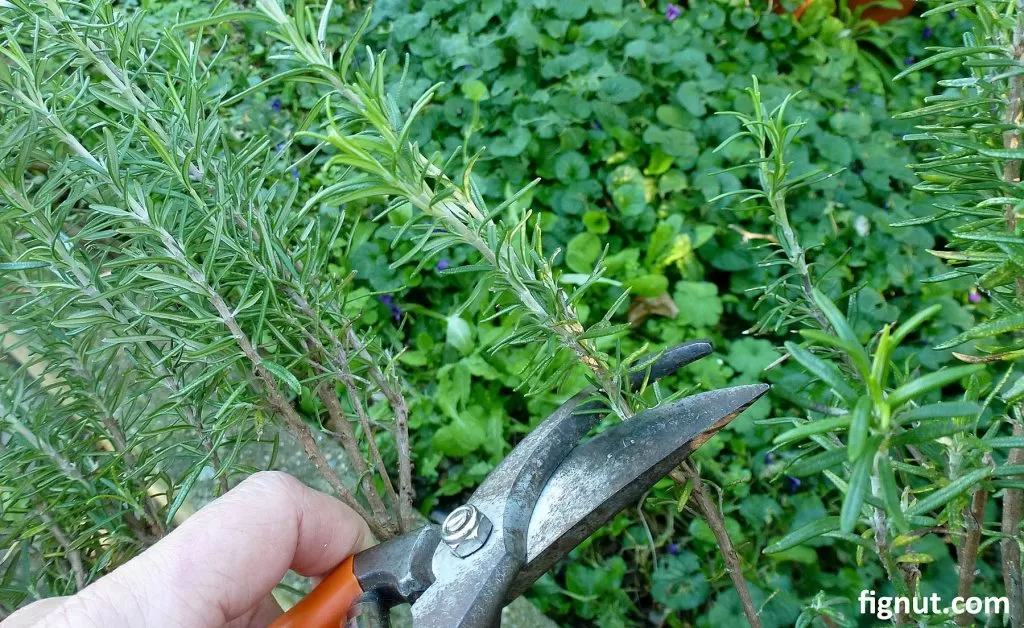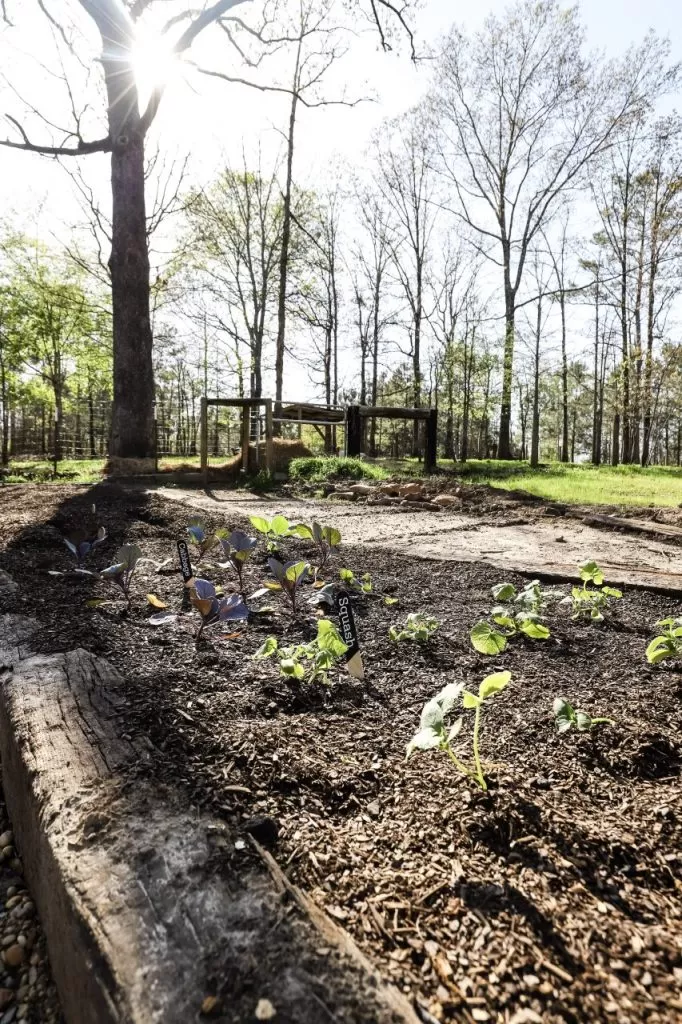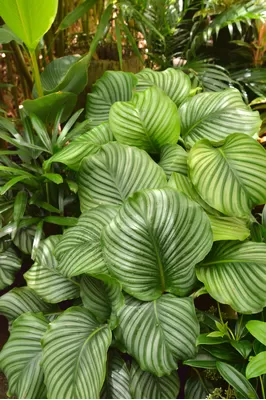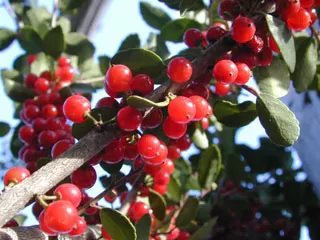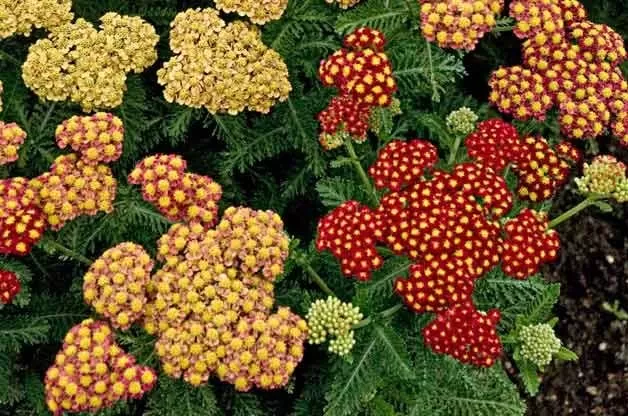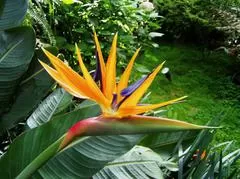- Pots unlock gardening possibilities in small spaces like balconies, patios, and doorsteps.
- Potted flowering plants offer instant color, fragrance, and dynamic seasonal changes.
- Many beautiful and rewarding flowering plants are surprisingly easy to grow in containers.
- Discover top choices and essential care tips to create stunning potted displays.
Ever felt a pang of longing for a splash of color when looking at a bare balcony or a plain patio? You don’t need a sprawling garden to experience the joy of blooms. My own tiny urban space was transformed the moment I started adding pots filled with vibrant flowers. Choosing the best potted flowering plants can turn any corner into a living masterpiece, offering beauty, fragrance, and a connection to nature right outside your door. They’re flexible, forgiving, and incredibly rewarding. Let’s explore some fantastic options that thrive in containers, bringing life and charm to your home throughout the seasons.
Contents
- Why Potted Flowering Plants are a Must-Have
- Our Top Picks for Best Potted Flowering Plants
- Skimmia japonica (Japanese Skimmia)
- Buddleja ‘Buzz’ Series (Compact Butterfly Bush)
- Hebe
- Agapanthus (Lily of the Nile)
- Scented-leaf Pelargonium
- Fuchsia
- Blueberry
- Hydrangea
- Rose
- Clematis
- Azalea
- Begonia
- Dahlia
- Keeping Your Potted Blooms Happy: Essential Care
- Conclusion
Why Potted Flowering Plants are a Must-Have
Potted flowering plants offer incredible versatility and immediate impact. They can define entrances, soften hard edges on patios, add vertical interest, or simply bring cheer to a windowsill. Unlike planting directly in the ground, pots allow you to control the soil, move plants to optimize light or shelter, and easily change your display with the seasons. For those with limited space, containers are a game-changer, making gardening accessible and fun. Plus, nurturing a plant from bud to bloom and enjoying its vibrant display is one of life’s simple, yet profound, pleasures.
Our Top Picks for Best Potted Flowering Plants
Ready to fill your pots with gorgeous flowers? Here are some tried-and-true favorites that perform wonderfully in containers, bringing color and life right where you need it.
Skimmia japonica (Japanese Skimmia)
Don’t let winter dull your spirits! Skimmia japonica is an evergreen beauty that carries cheerful red buds through the cold months, bursting into clusters of fragrant white or pinkish flowers come spring. If you choose a female or hermaphrodite variety, you’ll be treated to bright red berries in the autumn, extending its appeal across seasons. They bring elegant structure and subtle fragrance to shaded pots, proving that potted plants can offer year-round interest.
- Scientific Name: Skimmia japonica
- Common Name: Japanese Skimmia
- Growing Zone: 6-8 (Generally, check specific variety)
- Light Needs: Partial to full shade
- Watering: Keep soil consistently moist but not waterlogged.
 Skimmia japonica in a ceramic container with red winter buds
Skimmia japonica in a ceramic container with red winter buds
Buddleja ‘Buzz’ Series (Compact Butterfly Bush)
Love butterflies but short on space? The ‘Buzz’ series of Buddleja are specially bred to be compact, making them absolutely perfect for pots. While they won’t flower all year and need a spring prune, they provide prolific blooms from summer through autumn, acting as a magnet for pollinators. Their sweet fragrance and abundant flower spikes in shades of purple, pink, and blue make them a fantastic choice for adding vertical interest and wildlife appeal to your container garden.
- Scientific Name: Buddleja ‘Buzz’ series
- Common Name: Compact Butterfly Bush
- Growing Zone: 5-9 (Generally, check specific variety)
- Light Needs: Full sun
- Watering: Water regularly, especially in dry periods.
 Buddleja 'Buzz Sky Blue' flowering in a terracotta pot
Buddleja 'Buzz Sky Blue' flowering in a terracotta pot
Hebe
Hebes are wonderful workhorses for pots. Many varieties stay compact and bushy, offering attractive evergreen foliage year-round. Their real star turn, however, is their flowering season, which often lasts from summer well into autumn, and sometimes even winter in mild conditions. The flower spikes come in lovely shades of pink, purple, and white, adding consistent color when many other plants are fading. They are low-maintenance and add great texture to mixed containers.
- Scientific Name: Hebe
- Common Name: Hebe
- Growing Zone: 7-10 (Varies greatly by species/cultivar)
- Light Needs: Full sun to partial shade
- Watering: Keep soil consistently moist but well-drained.
 Hebe 'Donna' flowering in a container among other pollinator-friendly plants
Hebe 'Donna' flowering in a container among other pollinator-friendly plants
Agapanthus (Lily of the Nile)
Agapanthus loves having its roots slightly restricted, which makes it an ideal candidate for pots. These plants send up dramatic stalks topped with stunning globe-like clusters of blue or white flowers in summer. They add a touch of exotic elegance to any container display. Grow them on their own for a striking statement or pair them with lower-growing plants. Most are evergreen, providing structure even when not in bloom, though some deciduous types exist.
- Scientific Name: Agapanthus
- Common Name: Lily of the Nile
- Growing Zone: 7-10 (Varies by species/cultivar)
- Light Needs: Full sun
- Watering: Water regularly during the growing season; reduce in winter.
 Agapanthus with blue flower heads in a pot display
Agapanthus with blue flower heads in a pot display
Scented-leaf Pelargonium
If you want a plant that delights more than just the eyes, scented-leaf pelargoniums are a fantastic choice for pots placed where you might brush past them. Their leaves release wonderful fragrances like rose, lemon, mint, or even chocolate when touched. They also produce delicate, charming flowers throughout the warmer months. As tender perennials, they can live for years if brought indoors to a frost-free spot over winter, offering fragrance and blooms season after season.
- Scientific Name: Pelargonium (Scented-leaf group)
- Common Name: Scented Geranium, Scented-leaf Pelargonium
- Growing Zone: 9-11 (Typically grown as annuals or overwintered indoors in colder zones)
- Light Needs: Full sun
- Watering: Allow soil to dry slightly between waterings.
 Close-up of the distinctive textured foliage of a Scented-leaf Pelargonium 'Odorata Hazelnut' in a pot
Close-up of the distinctive textured foliage of a Scented-leaf Pelargonium 'Odorata Hazelnut' in a pot
Fuchsia
Fuchsias offer a charming display of hanging, bell-shaped flowers that add a touch of grace to pots and hanging baskets. You can choose between hardy and tender perennial varieties. Hardy fuchsias are a sustainable option for containers as they return each year, flowering prolifically through summer. Trailing varieties are particularly stunning spilling over the edges of their pots, creating a cascade of pinks, purples, and reds.
- Scientific Name: Fuchsia
- Common Name: Fuchsia
- Growing Zone: Hardy varieties 6-9; Tender varieties 10-11 (Often grown as annuals in colder zones)
- Light Needs: Partial shade (prefers morning sun/afternoon shade)
- Watering: Keep soil consistently moist, especially in hot weather.
 Vibrant pink fuchsia flowers with purple centers hanging from stems
Vibrant pink fuchsia flowers with purple centers hanging from stems
Blueberry
Who says beautiful can’t also be delicious? Blueberry plants make excellent potted specimens, offering multi-season interest. In spring, they are covered in delicate white bell-shaped flowers. These are followed by the rewarding harvest of delicious blueberries in summer. Come autumn, their foliage turns brilliant shades of red and orange. They do require acidic soil, which is easily managed in a pot using peat-free ericaceous compost and watering with rainwater, but the payoff in beauty and fruit is well worth it.
- Scientific Name: Vaccinium (Blueberry)
- Common Name: Blueberry
- Growing Zone: Varies greatly by variety (e.g., Highbush 4-7, Lowbush 3-6)
- Light Needs: Full sun
- Watering: Keep soil consistently moist; use rainwater for best results.
 Clusters of ripe blueberries on a branch in a pot
Clusters of ripe blueberries on a branch in a pot
Hydrangea
Hydrangeas are classic beauties that bring lush foliage and abundant blooms to partially shaded spots. Compact varieties are perfectly suited for large pots, offering stunning flower heads that can change color depending on the soil pH (for blue varieties). They provide continuous color from summer into autumn. Prune them in spring according to their type (some flower on old wood, some on new) to ensure a gorgeous display year after year.
- Scientific Name: Hydrangea
- Common Name: Hydrangea
- Growing Zone: 3-9 (Varies by species/cultivar)
- Light Needs: Partial shade (morning sun is ideal)
- Watering: Keep soil consistently moist; they don’t like to dry out.
 Hydrangea macrophylla 'Early Blue' with large blue flower heads in a container
Hydrangea macrophylla 'Early Blue' with large blue flower heads in a container
Rose
Roses in pots? Absolutely! Patio roses are specifically bred for smaller spaces and container life. They offer all the romance and beauty of roses – classic shapes, beautiful colors, and often wonderful fragrance – but in a manageable size. They require regular feeding and a spring prune, but they are surprisingly easy to grow and will reward you with flushes of blooms throughout the summer. A single potted rose can bring elegance and charm to a doorstep or patio table.
- Scientific Name: Rosa (Patio varieties)
- Common Name: Patio Rose
- Growing Zone: 5-9 (Varies by variety)
- Light Needs: Full sun (at least 6 hours per day)
- Watering: Water deeply and regularly, especially during dry periods.
 Close-up of a pink Rosa 'Princess of Wales' bloom in a container
Close-up of a pink Rosa 'Princess of Wales' bloom in a container
Clematis
While many clematis are vigorous climbers needing ample space, some compact varieties are perfect for pots. These climbing beauties can be trained up a small trellis or obelisk in a container, adding vertical interest and stunning flowers. They come in a huge range of colors and bloom times, meaning you can have clematis flowers almost year-round by choosing the right varieties. Just ensure they have good drainage and a sturdy support to climb.
- Scientific Name: Clematis
- Common Name: Clematis
- Growing Zone: 4-9 (Varies by species/cultivar)
- Light Needs: Sun on the foliage, shade on the roots is ideal (“feet in the shade, head in the sun”)
- Watering: Keep soil consistently moist, especially while establishing.
 Purple Clematis 'Edda' flower blooming on a small trellis in a container
Purple Clematis 'Edda' flower blooming on a small trellis in a container
Azalea
Azaleas are spring superstars, covering themselves in masses of vibrant, often trumpet-shaped flowers. They are perfect for pots, especially if your garden soil is alkaline, as they thrive in acidic conditions which are easy to create in a container. Whether deciduous or evergreen, their spectacular blooms in shades from white and pink to fiery red and orange make them a focal point in spring. Place them in a sheltered spot with morning sun or dappled shade.
- Scientific Name: Rhododendron (Azalea subgenus)
- Common Name: Azalea
- Growing Zone: 4-9 (Varies by species/cultivar)
- Light Needs: Partial shade (morning sun is best)
- Watering: Keep soil consistently moist; use rainwater if possible; do not let them dry out.
 White azalea flowers blooming profusely in a brown container
White azalea flowers blooming profusely in a brown container
Begonia
For adding consistent color to shadier spots, you can’t beat begonias. Available in numerous forms – from fibrous-rooted types with cascades of smaller flowers to tuberous varieties with massive, flamboyant blooms – begonias offer fantastic texture and color for containers. They thrive in rich, peat-free multi-purpose compost. While often treated as annuals, many are tender perennials that can be overwintered indoors or stored as tubers, allowing you to enjoy them for multiple seasons.
- Scientific Name: Begonia
- Common Name: Begonia
- Growing Zone: 9-11 (Typically grown as annuals or overwintered indoors in colder zones)
- Light Needs: Partial shade to full shade (avoid direct afternoon sun)
- Watering: Keep soil evenly moist; avoid soggy conditions.
 Begonia 'Crackling Fire' with vibrant red and orange multi-petaled flowers in a pot
Begonia 'Crackling Fire' with vibrant red and orange multi-petaled flowers in a pot
Dahlia
Dahlias are the divas of the late summer garden, bringing unparalleled drama and color to pots just when many other plants are finishing. With varieties ranging from compact bedding types to dinner-plate sized blooms, there’s a dahlia for every pot and every color scheme. More compact varieties are perfect for mixing with other late-blooming perennials in containers, or grow a single, show-stopping specimen in its own pot. They require regular deadheading to keep the flowers coming until the first frost.
- Scientific Name: Dahlia
- Common Name: Dahlia
- Growing Zone: 8-11 (Tubers are typically dug and stored in colder zones)
- Light Needs: Full sun
- Watering: Water regularly, especially once flowering begins.
 White dahlias blooming in terracotta containers
White dahlias blooming in terracotta containers
Keeping Your Potted Blooms Happy: Essential Care
Growing flowers in pots isn’t just about choosing the right plant; it’s also about providing them with the care they need to thrive in a restricted environment.
- Watering is Key: Potted plants dry out much faster than those in the ground. Check the soil moisture regularly by sticking your finger about an inch or two down. Water thoroughly until water drains from the bottom. The frequency will vary greatly depending on the weather, the pot size, and the plant type. In hot, sunny weather, some pots might need watering daily, or even twice a day!
- Feed Your Flowers: Nutrients leach out of pots over time. Flowering plants are heavy feeders. Use a good quality liquid fertilizer specifically for flowering plants every 2-4 weeks during the growing season (typically spring through late summer) to encourage continuous blooming.
- Choose the Right Pot and Soil: Ensure your pot has drainage holes! Use a high-quality peat-free potting mix designed for containers – it provides good drainage and retains moisture better than garden soil. Choose a pot size appropriate for the plant’s mature size.
- Location, Location, Location: Place your pots where the plants will receive the correct amount of sunlight – full sun, partial shade, or shade – as recommended for each species. You have the flexibility to move them if needed!
Conclusion
Adding the best potted flowering plants to your space, no matter how small, is one of the most rewarding ways to garden. They offer endless possibilities for color, fragrance, and design, transforming overlooked corners into vibrant havens. From the delicate blooms of a scented pelargonium to the dramatic flair of a dahlia, there’s a perfect potted flower out there for everyone. With just a little attention to watering, feeding, and light, you can enjoy stunning displays season after season. So why wait? Pick your favorites, get your hands dirty, and start creating your own beautiful container garden today!
Ready to add a splash of color? Pick your favorite from this list and get planting! Share your experiences in the comments below or explore more gardening tips on Thelittle.garden.
